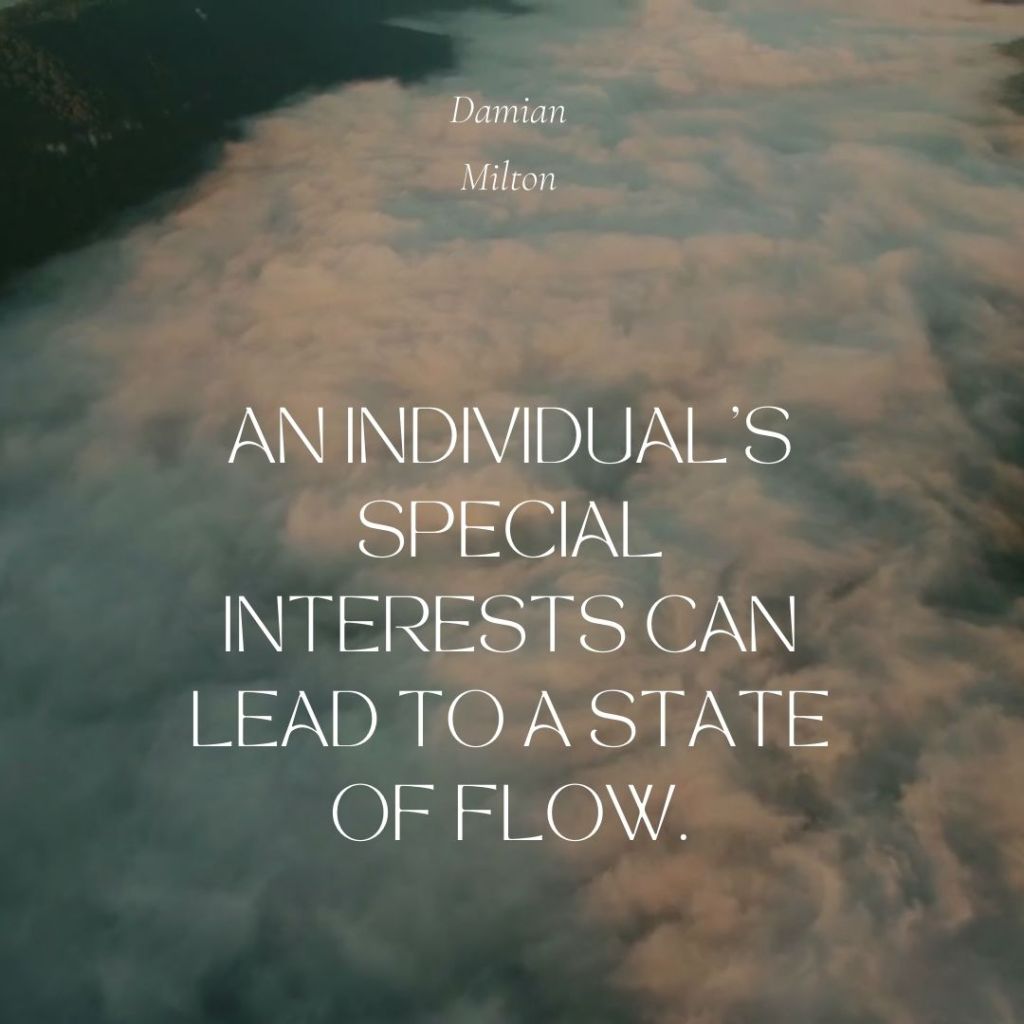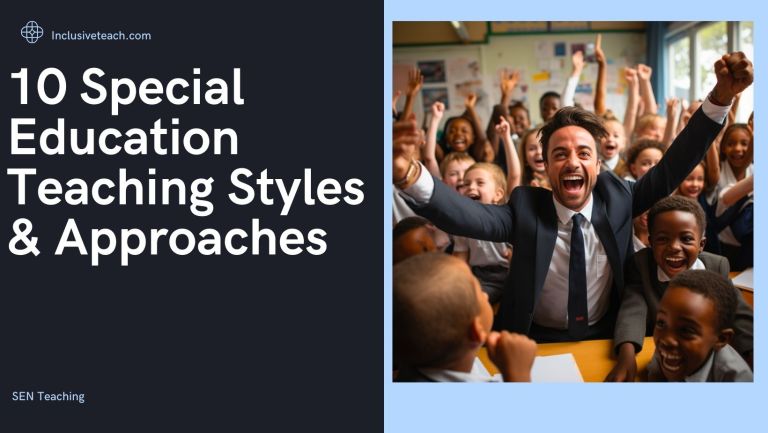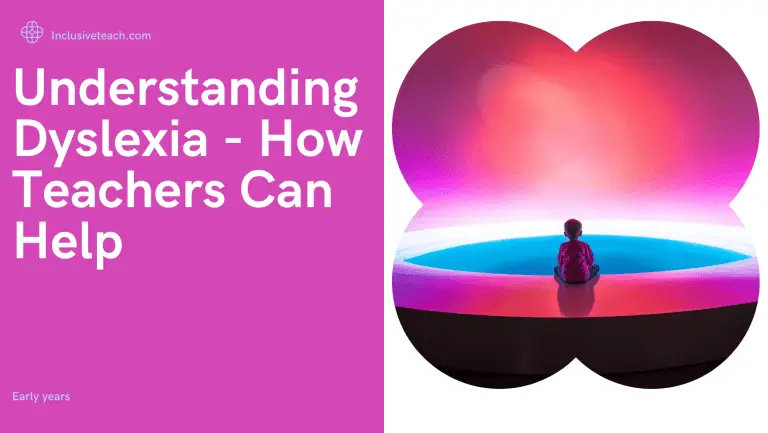Flow State: Applying the Theory in the SEN Classroom
What is Flow State?
Flow state, as described by Mihaly Csikszentmihalyi, is a mental state of operation where a person is fully immersed in an activity, characterised by a feeling of energised focus, full involvement, and enjoyment in the process of the activity.

During the state of flow, individuals experience a sense of control over their actions and feel that their skills are fully matched with the challenges presented by the activity. Time seems to pass quickly, self-awareness decreases, and the individual becomes fully absorbed in the activity. This may be to the point they lose sense of time, hunger or physical needs.
According to Csikszentmihalyi, flow occurs when a person’s skills and abilities are balanced with the challenges presented by the task at hand. When the challenge is too low, people may become bored, and when the challenge is too high, they may become anxious. We can you this to adapt our teaching to be optimal for the students.
Flow can be experienced in many different types of activities, including sports, music, work, and creative pursuits. It is often associated with high levels of performance and creativity, as people in flow state are able to access their full potential and make progress towards their goals. So great to harness in education then…
Flow State and Autism
Damian Milton is a British academic who has expanded on Mihaly Csikszentmihalyi’s theory of flow state, particularly in relation to neurodivergent individuals. His theory suggests that flow state can be achieved by anyone, regardless of neurodivergent or neurotypical status, but the conditions necessary for flow vary between individuals.
Milton suggests that flow state is achieved when a person’s skills and abilities match the demands of the task at hand, but that the specific conditions necessary for flow may vary depending on an individual’s neurotype. For example, neurodivergent individuals may require different levels of stimulation, novelty, or predictability in order to achieve flow.
Milton emphasises the importance of context in achieving flow state, arguing that the environment and social conditions can greatly impact a person’s ability to achieve flow. For example, social and environmental barriers may prevent individuals from accessing flow, while supportive and accommodating environments may facilitate flow.
Creating Classroom Environments that Facilitate Flow State
To produce more flow in school environments, we need to identify the triggers that lead to flow states. These triggers can be psychological, environmental, social, or creative. One environmental trigger is high consequences, which catches our attention and drives focus into the present moment. In schools, this can mean creating projects or activities that challenge students to take risks and push beyond their comfort zones. For many students this requires a significant amount of trust in their supporting adults. Similarly, the challenge/skills ratio is a psychological trigger that keeps attention locked in the present. This means designing tasks that are just challenging enough to make students stretch, but not so hard that they become overwhelmed or disengaged.

Flow is not just about extreme challenges, Damian argues that an individual’s special interests can lead to a state of flow. Other triggers such as uninterrupted concentration, clear goals, and immediate feedback can also help students achieve flow states. It’s also essential to create a supportive and inclusive environment that accommodates individual differences and provides opportunities for all students to access flow states. By tapping into flow, schools can enhance student engagement. But how in a busy classroom can we achieve this.
5 Things Essential to Have in Place for a Classroom the Embraces Flow State.
Creating more inclusive and accommodating environments that facilitate flow state for all requires a focus on individual differences and the impact of context. Here are 5 ways to create such environments in a school:
- Recognize and accommodate individual differences: Different people have different needs and preferences when it comes to achieving flow state. Some individuals may require more or less stimulation, novelty, or predictability. Accommodating these differences can involve providing a range of activities and environments to cater to different needs.
- Reduce barriers: Social, physical and environmental barriers can prevent individuals from accessing flow state. These barriers can include discrimination, lack of access to resources, and negative attitudes towards certain individuals or groups. Addressing these barriers can involve creating more inclusive policies and practices, as well as providing support and resources to help individuals overcome obstacles.
- Create supportive environments: Supportive environments can help individuals achieve flow state by providing them with the resources, tools, and social support they need to engage in their activities. This can include providing training to staff , as well as fostering a supportive and positive culture that encourages creativity, risk-taking, and growth.
- Provide opportunities for feedback: Feedback is an essential component of flow state, as it helps individuals track their progress and adjust their actions accordingly. Providing opportunities for feedback can involve setting clear goals, providing constructive feedback, and encouraging self-reflection. This should also boost self-esteem.
- Create diverse and inclusive teams: Teams that are diverse and inclusive can help foster a culture of flow state by bringing together individuals with different perspectives, skills, and experiences. This can promote creativity, collaboration, and innovation, and create a supportive and inclusive environment that facilitates flow state for all.
In our next post we will expand on these points further and look at how flow can influence behaviour and behavioural challenges.
References
Csikszentmihalyi, M (1990) Flow: The psychology of happiness. London: Random House Books. Buy Here
McDonnell, A (2010) Managing aggressive behaviour in care settings: Understanding and applying low arousal approaches. Buy Here
Milton, D. (2017). Going with the flow: autism and ‘flow states’. Presentation
Milton, D (2021). Understanding autism and stress, from avoidance
to flow states. In: Autism Cork Online Conference: Thriving with Autism,
17 Oct 2021, Cork, Ireland. (Unpublished) Presentation
Schmidt, JA. (2010). Flow in Education. Accessed Here 14th April 2023






One Comment